Osteoporosis is a progressive metabolic bone disease characterised by the loss of bone mineral density (BMD) and compromised bone strength. Osteopenia is considered a halfway point to osteoporosis; the bone density is lower than normal and treating it may slow the progressive bone loss that leads to osteoporosis.
Understanding exercise and bone health begins with understanding how bones are made.
We repeatedly place demands on our bones and these demands cause our bones to constantly re-modelling themselves. Bone re-modelling occurs in two phases. First, special bone cells called osteoclasts break down bone. Then, other bone cells called osteoblasts create new bone. Osteoclasts and osteoblasts can coordinate well for most of your life. Eventually, this coordination can break down, and the osteoclasts begin to remove more bone than the osteoblasts can create leading to osteoporosis.
Why is exercise important for Osteoporosis?
Exercise is a highly modifiable contributor to bone health (osteogenic). Physical activity generates external (ground reaction and inertial) and internal (skeletal muscle) forces on the skeleton. These forces cause very small amounts of deformation in the bone tissue, resulting in mechanical strain. This mechanical strain is sensed by cells (osteocytes) that reside in bone. When unusual strains are sensed, osteocytes initiate an adaptive response that produces new bone tissue (osteoblasts). The more vigorous the strain, the greater the response.
For a given external force, weak bones deform more, resulting in relatively large tissue strains, whereas strong bones experience low strains. This elicits a more robust biological, bone building response in the weaker bone that eventually results in stronger bone.
What types of exercises help OSTEOPOROSIS?
Types of exercises that ARE osteogenic:
- Resistance training
- Jumping, landing, hopping, Running, jogging, very brisk walking
- Netball, basketball, soccer
- Dancing, impact aerobics
Types of exercise that are NOT osteogenic:
- Swimming
- Leisure walking
- Cycling
- Yoga, tai chi
- Lawn bowls
Structured osteogenic exercises: Where to start?
- Wholistic strength training
- Goal/s: Improve bone strength and ensure injury prevention.
- Frequency: 2 week Prescription: 2-3 sets of 5-8 repetitions (~8 exercises).
- Target major muscle groups attached to the hip and spine.
- Intensity: 8/10 (hard but not maximal)
- Impact exercise
- Goal: To induce relatively high bone strains (rapidly).
- Frequency: 4-7 days per week
- Prescription: Aim to work up to 50 repetitions over time (5 sets of 10 repetitions with 1–2 min rest between sets).
- Vertical and multidirectional jumping, bounding, hopping, skipping and bench stepping.
- Balance training
- Goal: Reduce the risk of falls, which can lead to fractures.
- Frequency: Up to 4 days per week.
- Can be built into a strength program.
- Prescription: <10 seconds per exercise, challenging, a variety of exercises
Tips and tricks:
Begin loading your bones slowly.
- Whilst impact training is encouraged, it is important you have the strength and stability to complete those movements without increasing the risk of injuring yourself. For example, you would never take up sprinting before jogging. Strength training is a good place to start.
Form is more important than anything
- Training with good technique (both strength training and impact exercise) is essential to reduce your risk of injury. Getting support and guidance from a trained individual is useful.
Introduce impact exercises into your daily life.
- Because you only need to do 10 impacts at a time, there is no reason why you can’t do them sporadically throughout your day.
Resistance and impact training should not be painful
- You may need to reduce or eliminate high ground reaction forces if you have joint or muscular pain (such as arthritis or lower back pain). You can slowly build intensity up over time. Managing your osteogenic exercise program can be challenging.
If you would like support, guidance or more information please call, email or visit the iNform Health website.
Would you like to re-assess your health behaviours and identify what you need to work toward over the coming year?
Our scorecard is a quick and simple questionnaire to help you do this.
Take The Scorecard Here
It’s free and only takes 7 minutes


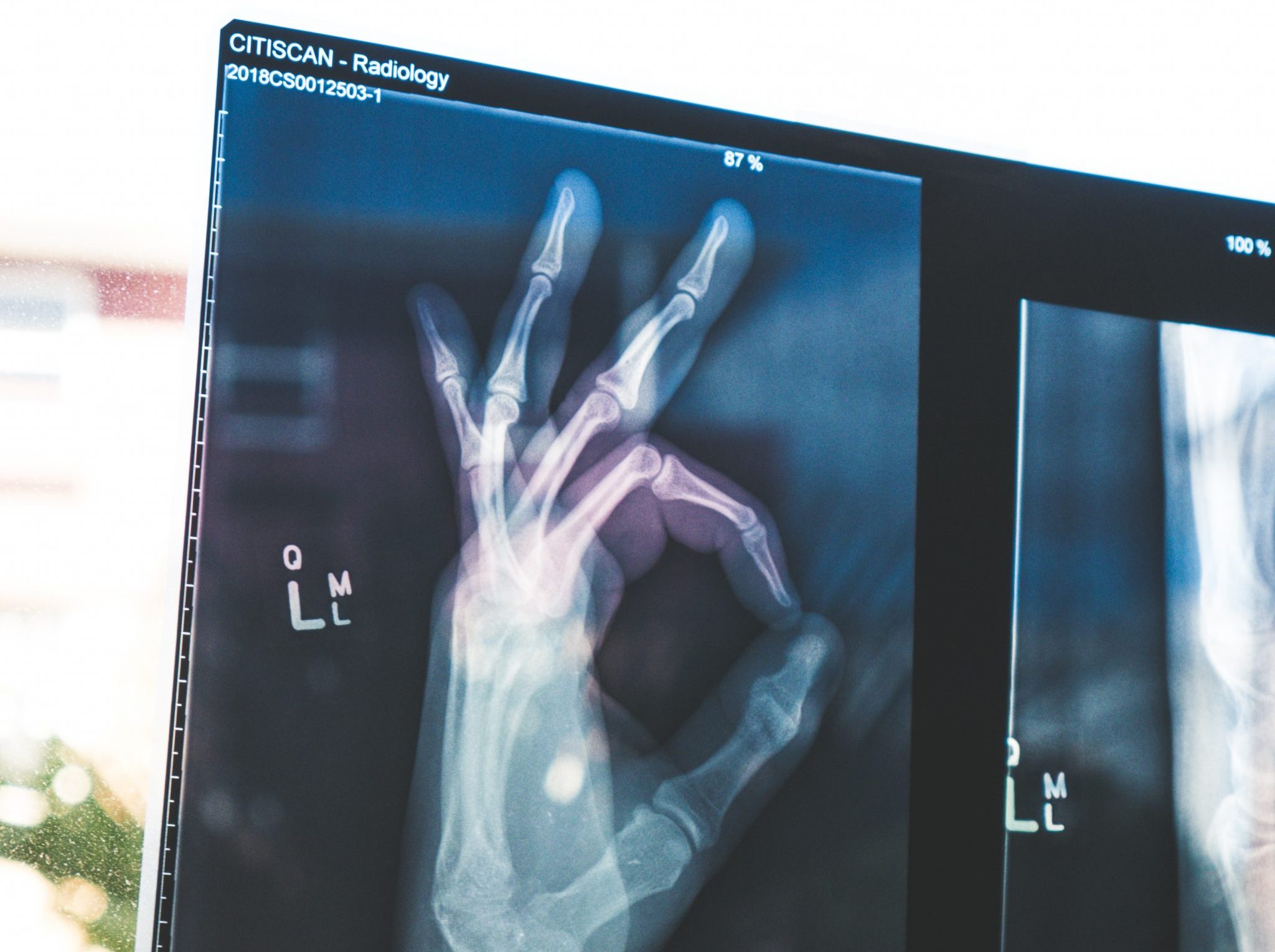

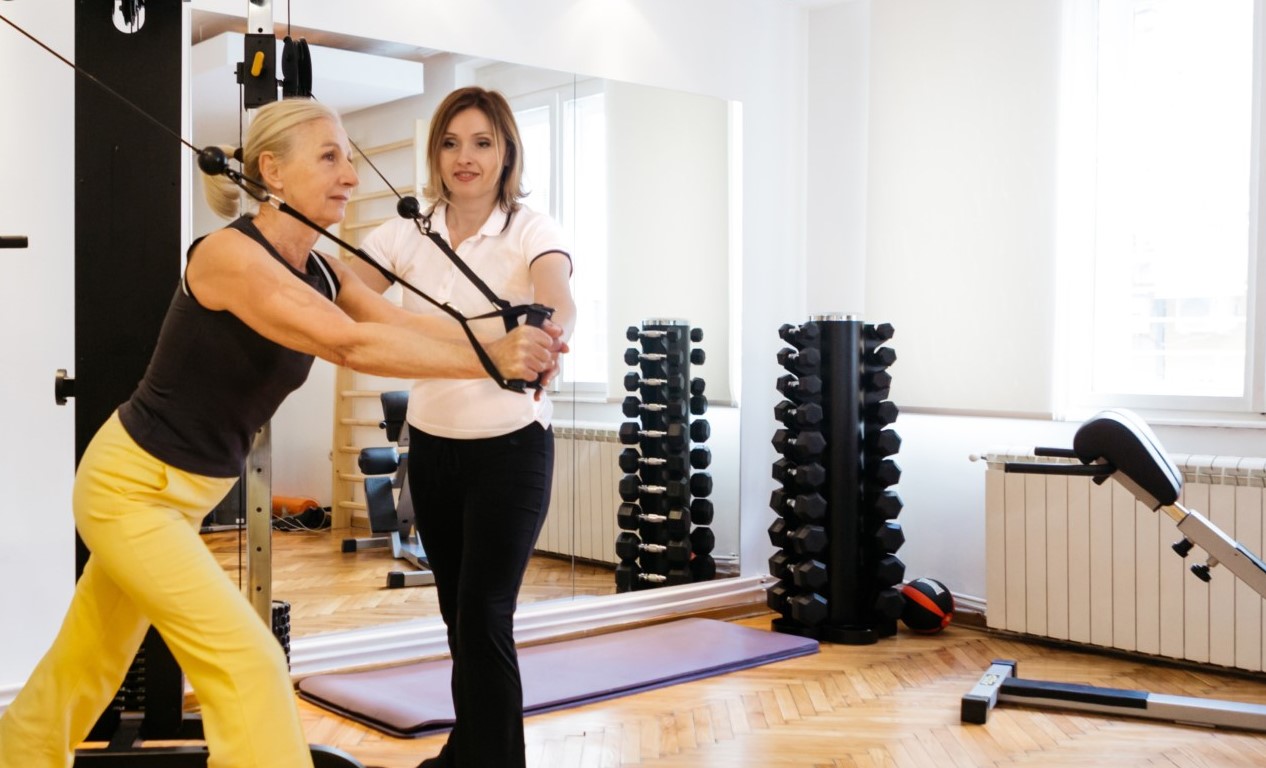
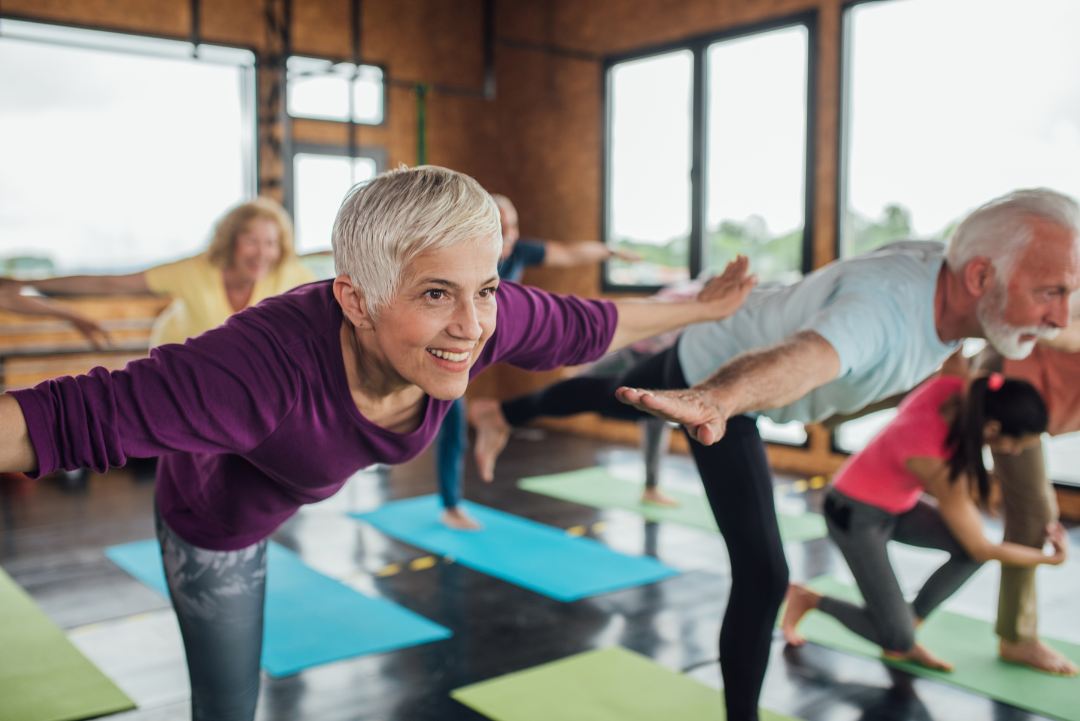
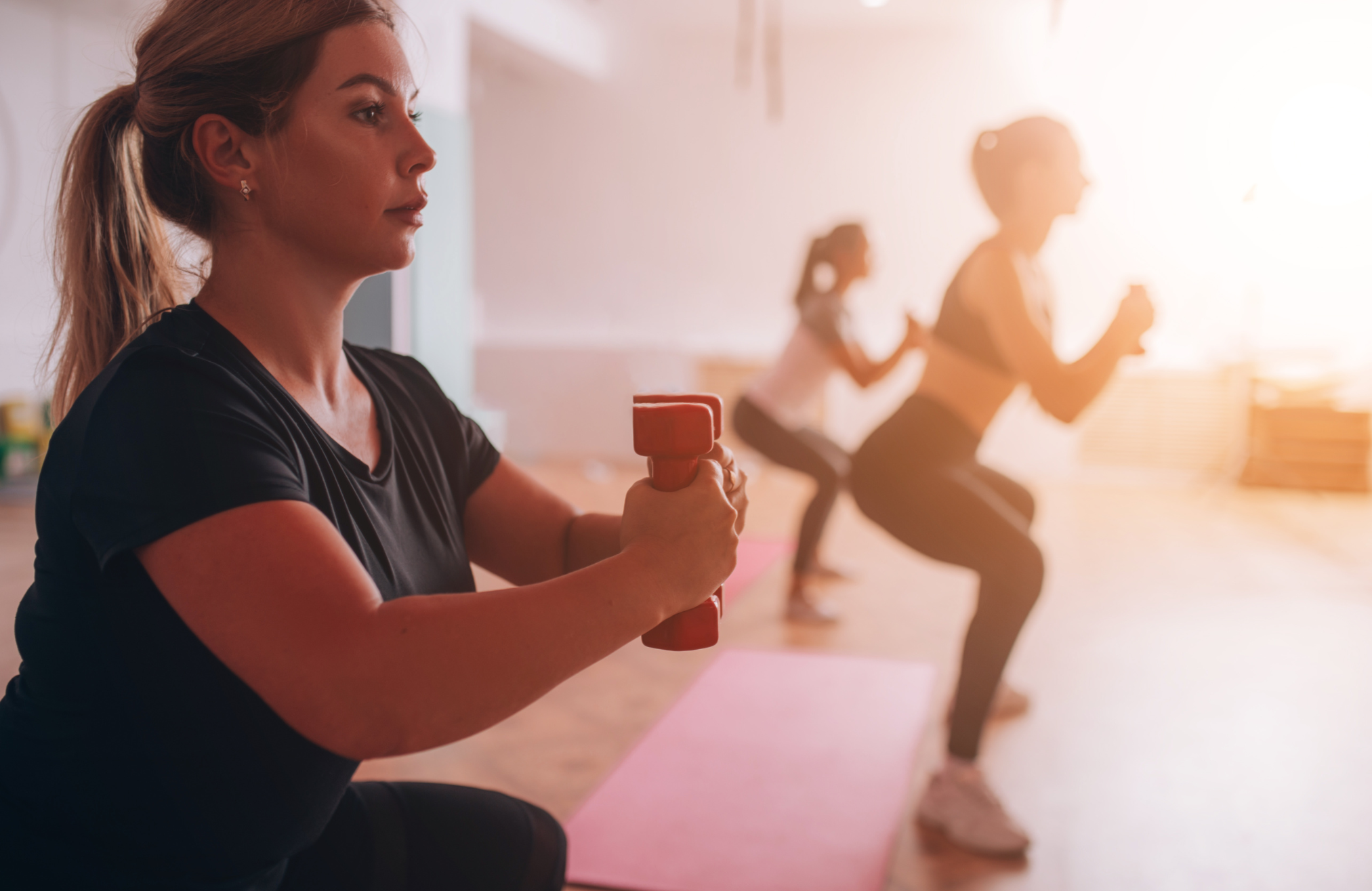

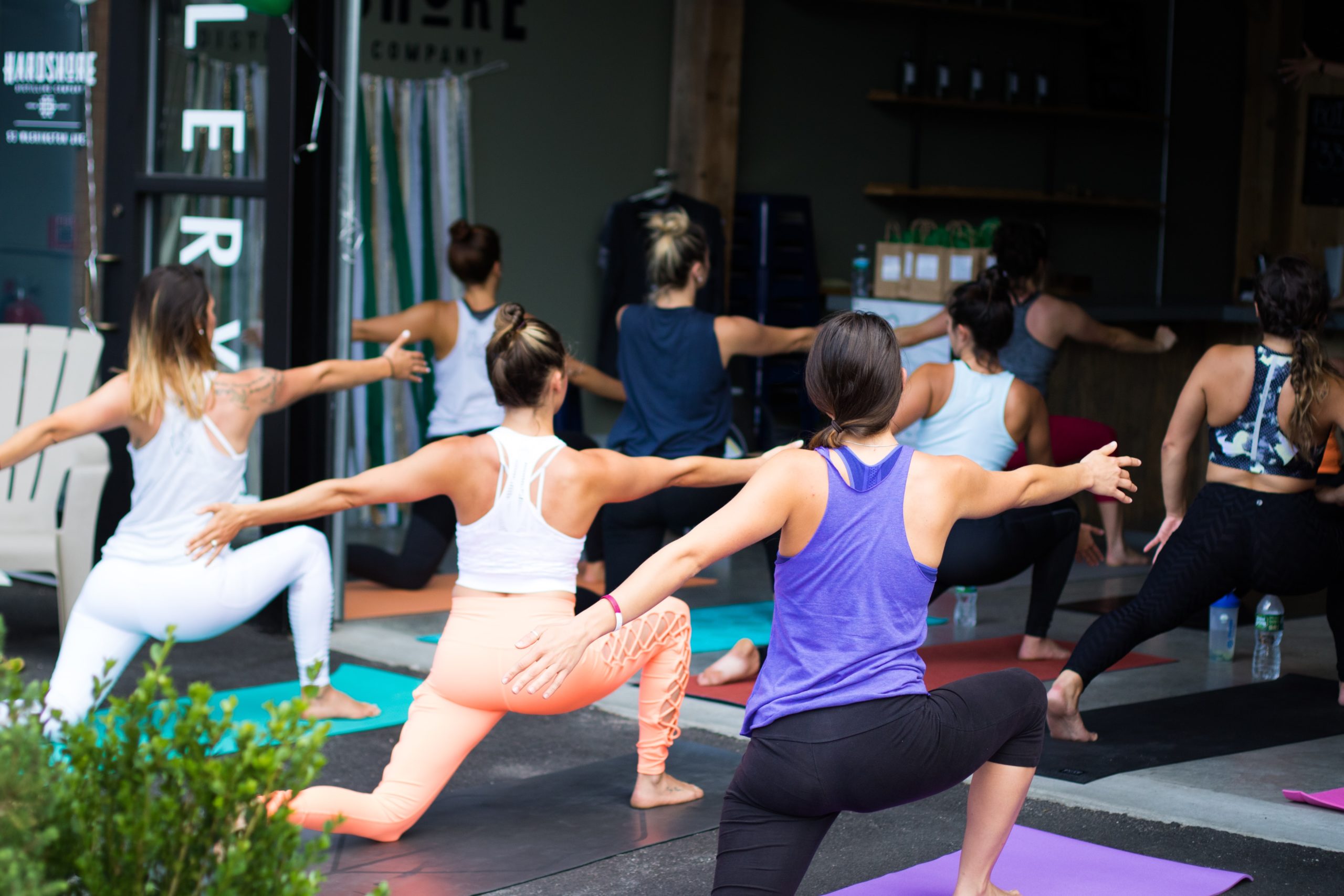
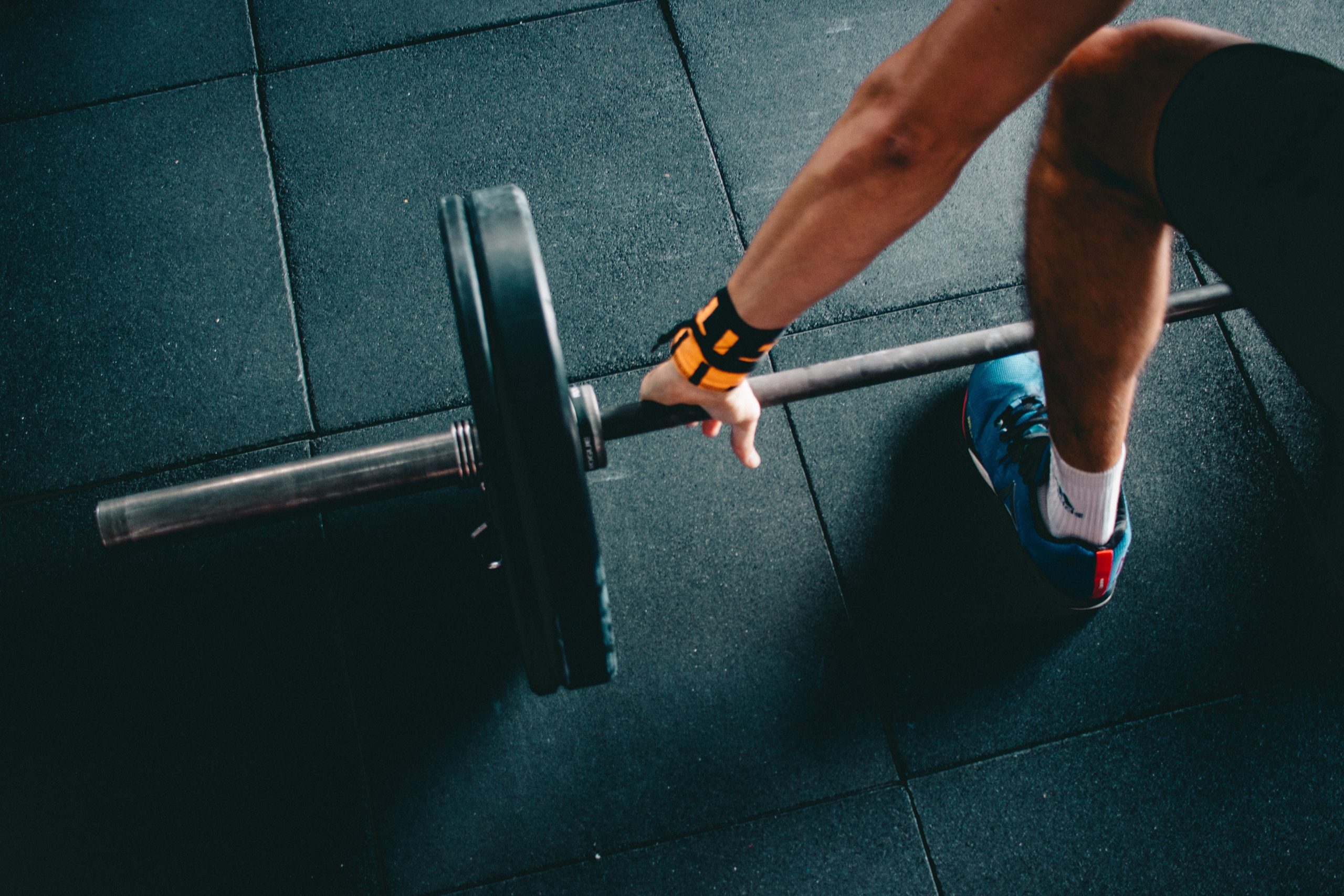
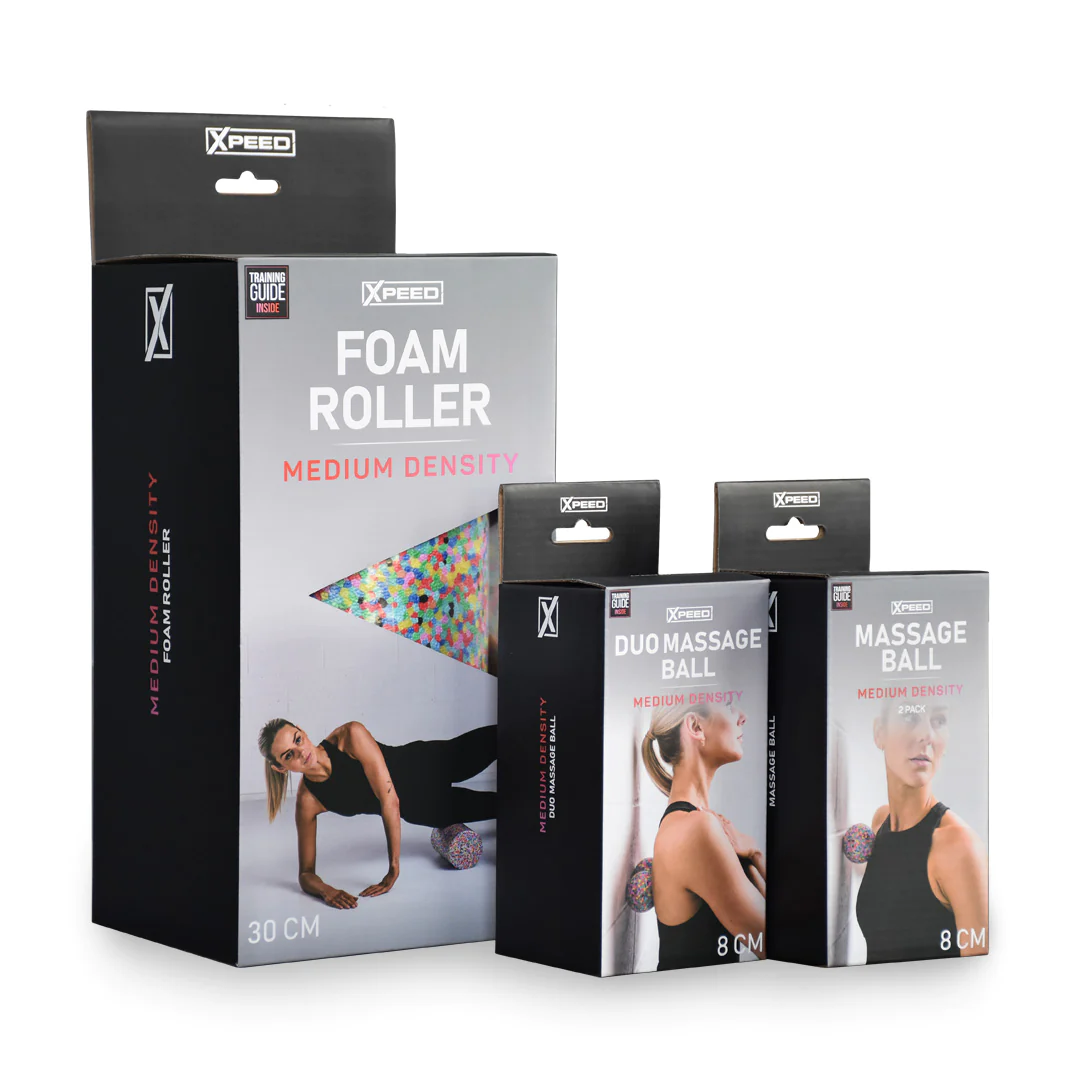
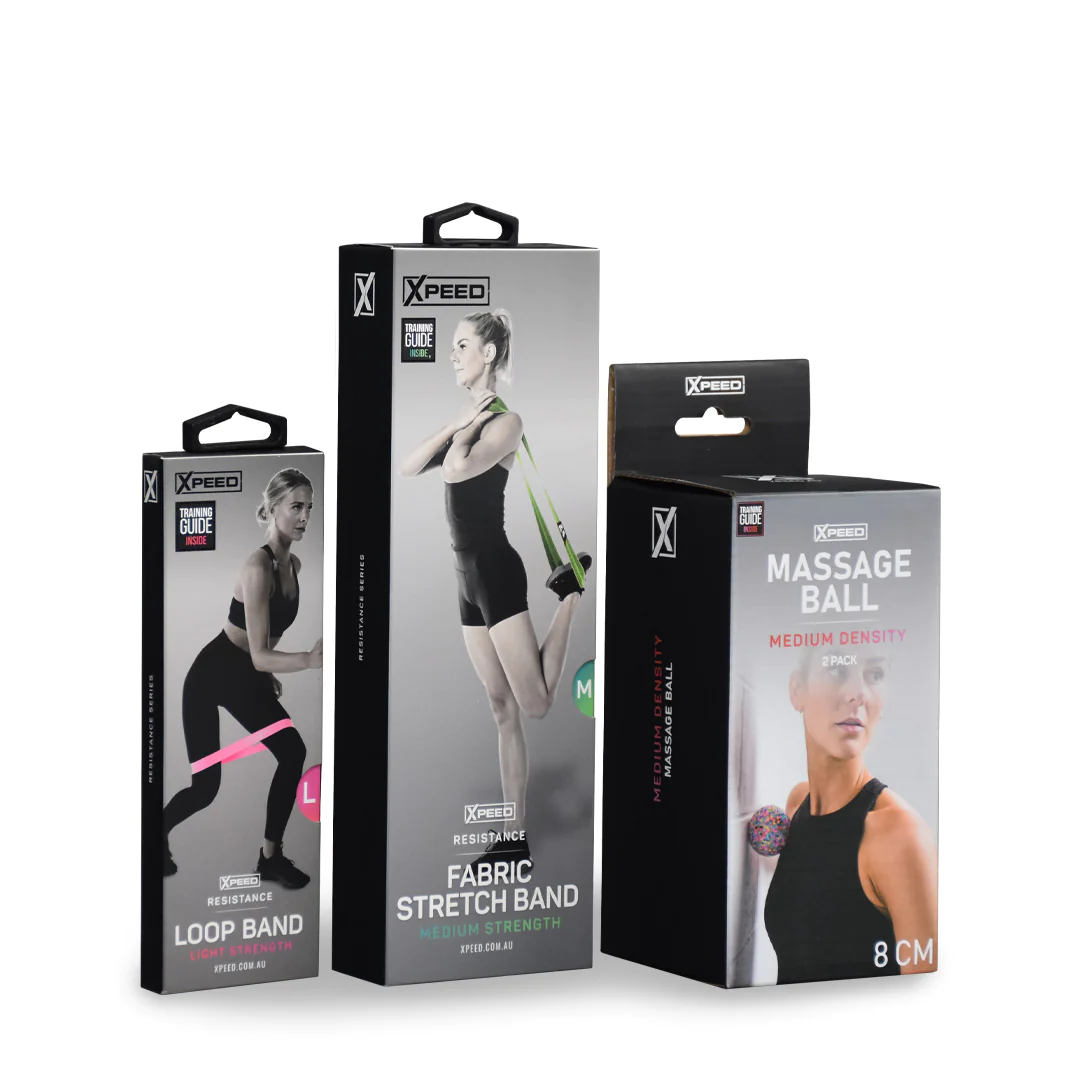
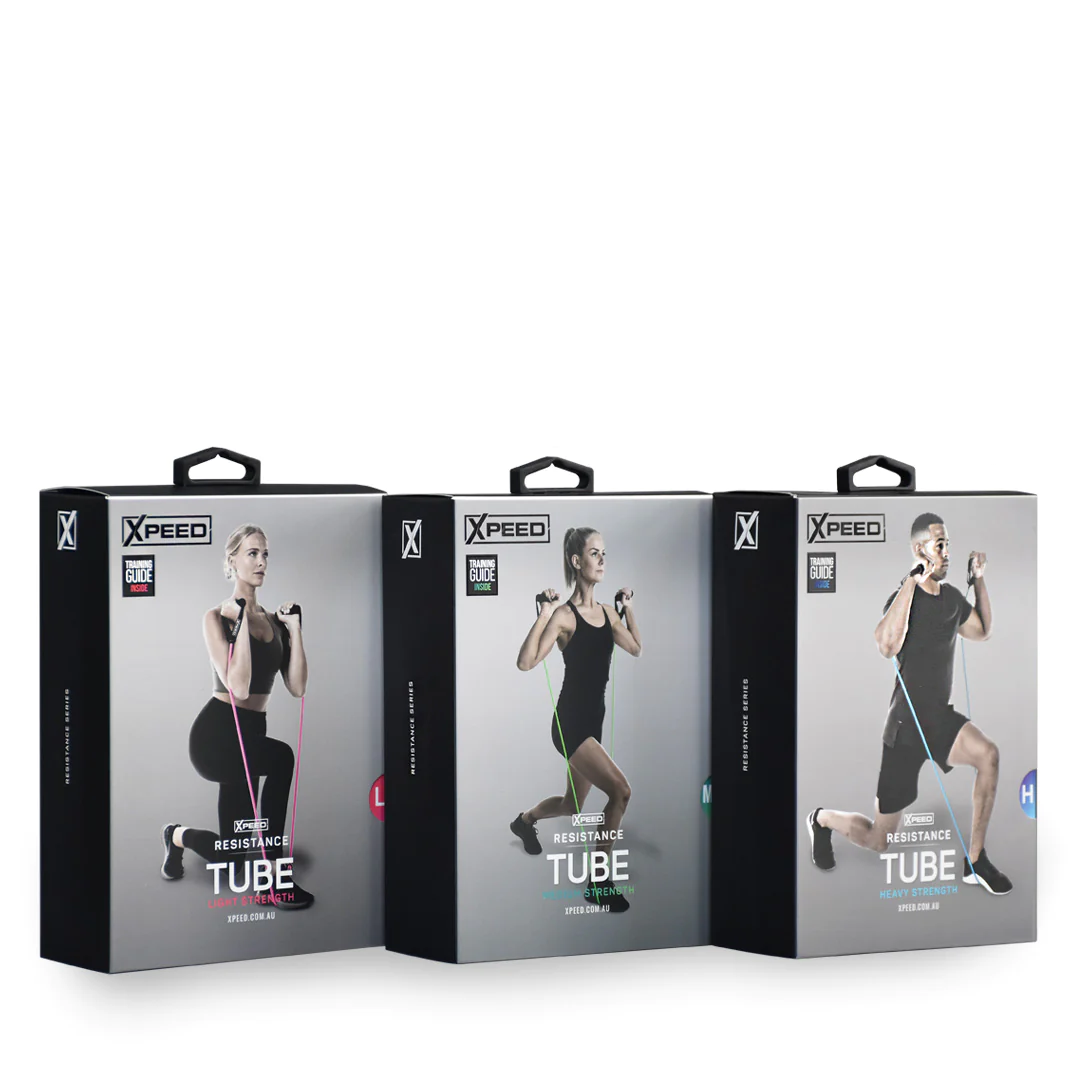
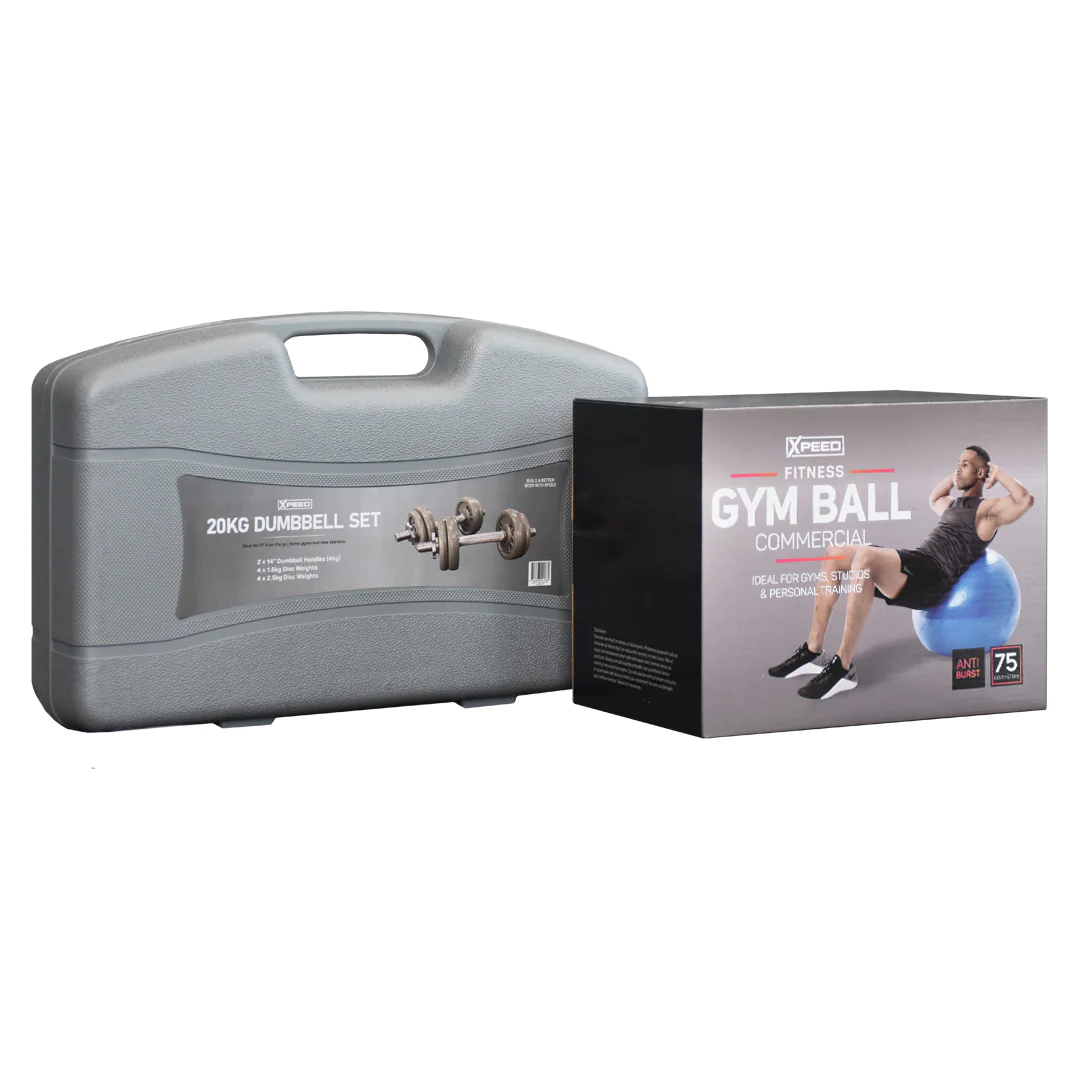
0 Comments